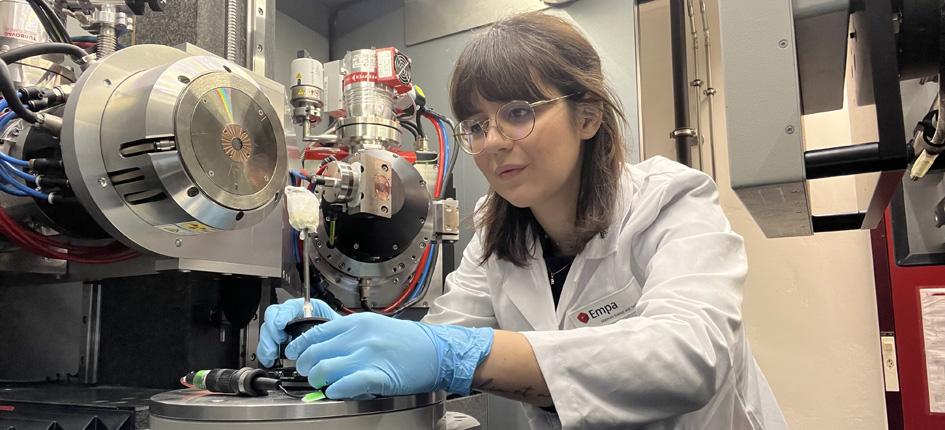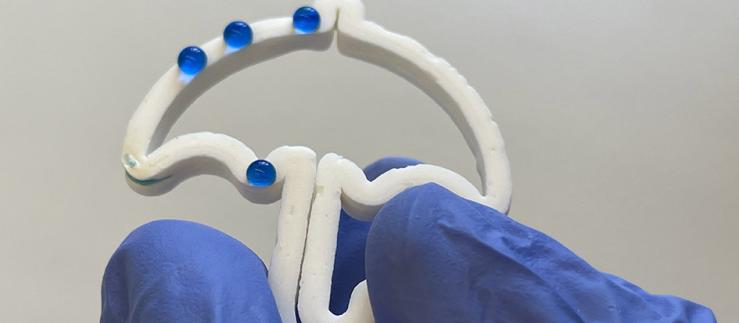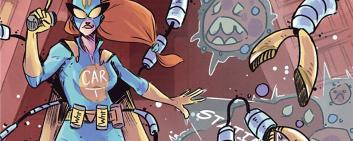Empa researchers are striving to play their part in ensuring that damaged meniscus cartilage can be operated on with greater success via lifelike, 3D imaging. For this, precise knowledge of the network of blood vessels in the meniscus is helpful because the tissue here is only supplied with blood at certain points. Up to now, this information has been based on two-dimensional images of tissue sections. However, according to a report from Empa, these images do not provide any valuable data regarding the deformability of the tissue or the interconnectedness of the blood vessels. A team led by biophysicist Federica Orellana and project manager Annapaola Parrilli from the Empa Center for X-ray Analytics in Dübendorf in the canton of Zurich now intends to remedy this situation.
To achieve this, they are using the micro and nano-computer tomographs from the Empa laboratories. From the radiological images produced, the researchers can create mathematical models to spatially record and map the density, structure, biomechanical deformability and vascular network of cartilage. “We want to create a three-dimensional ‘map’ through the meniscus with high precision”, Orellana explains. In her view, this could optimize treatment and enable tailored therapies in the sense of personalized medicine both for patients who have suffered an injury to the knee or as a treatment for wear and tear in old age.
With the support of the Swiss National Science Foundation, and together with clinical partners at the Rizzoli Orthopaedic Institute of Bologna in Bologna, which is the eighth best orthopedic hospital in the world according to the prestigious US weekly magazine “Newsweek”, in addition to those from the Winterthur Cantonal Hospital (KSW) and the University of Zurich (UZH), the researchers are presently working with a range of lab samples to build up as meaningful a database as possible. In a next step, the focus will turn to integrating CT images of all sorts of injuries and wear and tear into the models.







